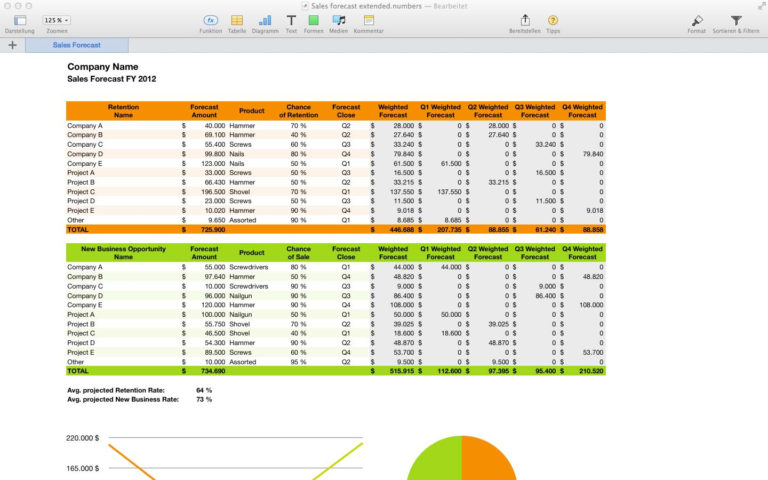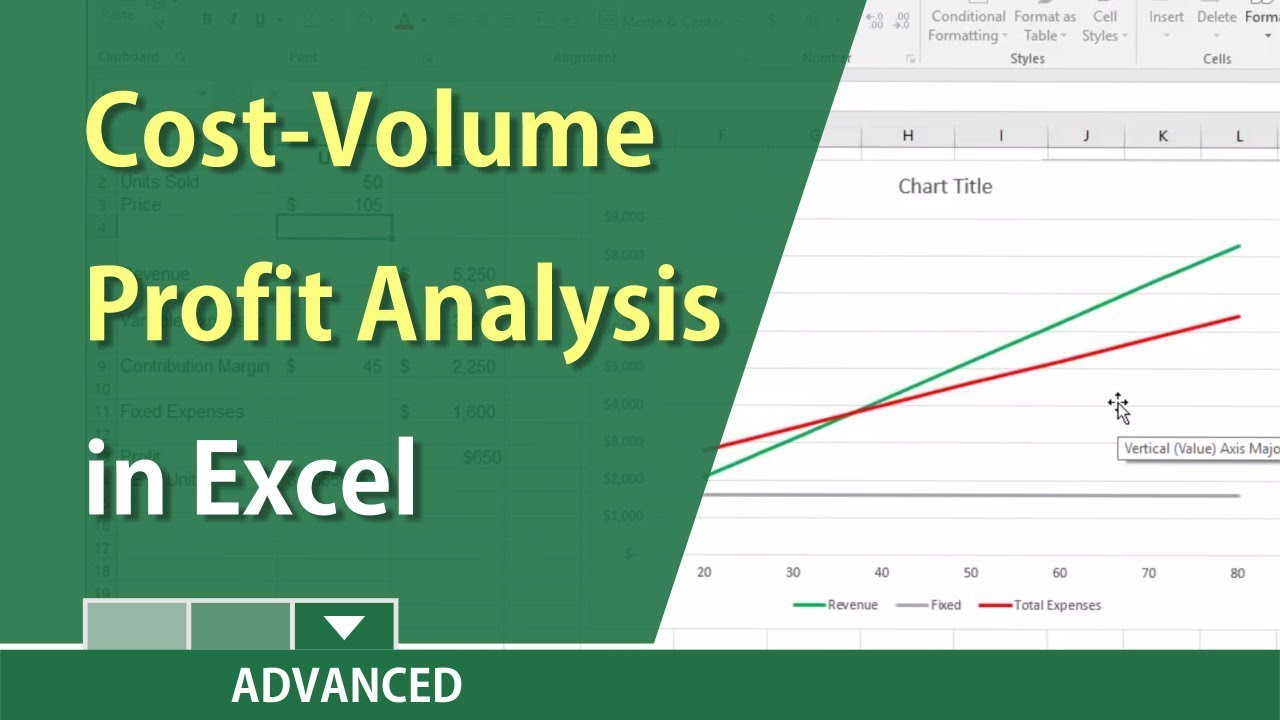

How do we determine how to weight past data? First we select an error measure to minimize and then with the help of Solver using the standard GRG non linear method we can let Excel try many values for weightS until in finds the best combination. The difficulty with weighted moving average is that both a look-back period and weights have to be selected. As the name suggests, with the weighted moving average technique, historical data is weighted, with some observations being more important than others.

One drawback of forecasting with moving averages is that all the data used in the look-back period is weighted equally. The first segment of the video discusses Weighted Moving Averages. Weighted Moving Average Forecasting Excel You can calculate a ratio called Theil's U to answer that question. Part III discusses how to determine if your forecast is better than what is known as a naive forecast, in other words, using today's price in this case to forecast tomorrow. This video is a continuation of Part I and covers two additional common methods of forecasting stationary time series: Weighted Moving Average and Single Exponential Smoothing.

If you are not familiar with time series forecasting it will be helpful to watch Part I which also discusses the calculation and interpretation of common error measures used in forcasting. Part I can be found here and discusses moving averages, calculation and interpretation. This is the second part in a series on forecasting. This is a video demonstration of Excel weighted moving average and single exponential smoothing forecasting.

For versions of Excel: Excel for Office 365, Excel for Office 365 for Mac, Excel 2016, Excel 2016 for Mac, Excel 2013, Excel 2011 for Mac, Excel 2010, Excel 2008 for Mac, Excel 2007


 0 kommentar(er)
0 kommentar(er)
